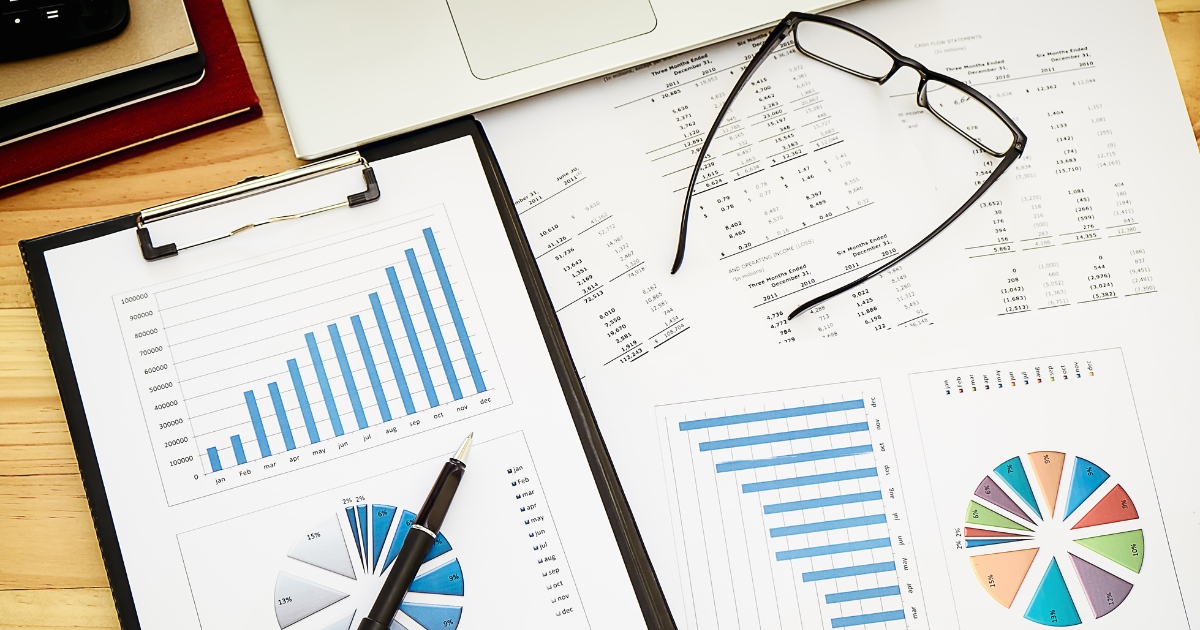The amount of super you need to support your retirement will depend on what kind of lifestyle you’re hoping to enjoy and how much income you’ll be earning in addition to your super savings. Income from the Age Pension, part-time work and other financial investments will affect the amount of super you need to retire comfortably. The Association of Superannuation Funds of Australia (ASFA) provides yearly total income recommendations based on the type of retirement you’re aiming for. Depending on how much income you expect to receive from other sources, you can then estimate how much super you’ll need to reach the “comfortable” or “modest” benchmarks. The table below gives you an idea of how much retirement income you might need to enjoy a comfortable, or modest retirement, and compares these benchmarks against how much you can receive on the Age Pension. Comfortable lifestyle Modest lifestyle Maximum rate of Age Pension Single $52,383 $33,386 $29,874.00 Couple $73,875 $48,184 $22,518.60 (each) a year Budgets for various households and living standards for those aged 65-84 (March quarter 2025) Source: ASFA Retirement Standard The amount of super you need will also depend on what you’re earning from full or part-time work, the Age Pension and other investments. To enjoy a comfortable retirement, AFSA suggests that single people will need $595,000 in super savings at age 67, and couples will need $690,000. But your own individual goal will depend on your other income streams and personal situation. In addition to the total amount of super you have, the way you access it once you retire can also impact your retirement wealth. For example, your super earnings might be subject to more tax if you plan to withdraw lump sums, compared to setting up a super income stream like an account-based pension. What’s the difference between a comfortable and modest retirement in Australia? A comfortable retirement means you can look forward to a broad range of leisure and recreational activities, with a good standard of living. ASFA guidelines suggest you’ll be able to purchase things like private health insurance, a reasonable car, good clothes and a range of electronic equipment. You’ll enjoy domestic and occasionally international, holiday travel. According to ASFA, you can expect a modest retirement to be better than living on the government Age Pension. However, you’ll only be able to enjoy a fairly basic lifestyle. See the charts below to get a more detailed understanding of what sort of services and luxuries you might be able to enjoy, based on your retirement savings. Comfortable lifestyle Modest lifestyle Age Pension Medical Top level private health insurance, doctor/specialist visits, pharmacy needs Basic private health insurance, limited gap payments No private health insurance. Technology Fast reliable internet/telco subscription, computer/android mobile/streaming services Basic mobile, modest internet data allowance Very basic mobile and limited internet connectivity Transport Own a reasonable car, car insurance and maintenance/upkeep Owning a cheaper, older, more basic car Limited budget to own, maintain or repair a car Lifestyle Regular leisure activities including club membership, cinema visits, exhibitions, dance/yoga classes Infrequent leisure activities, occasional trip to the cinema Rare trips to the cinema Home Home repairs, updates and maintenance to kitchen and bathroom appliances over 20 years Limited budget for home repairs, household appliances Struggle to pay for repairs, such as leaky roofs or major plumbing problem Haircuts Regular professional haircuts Budget haircuts Less frequent haircuts, or self haircuts Home cooling and heating Confidence to use air conditioning in the home, afford all utilities Need to keep a close watch on all utility costs and make sacrifices Limited budget for home heating in winter Eating out Occasional restaurant meals, home delivery meals, take away coffee Limited meals out at inexpensive restaurants, infrequent home delivery or take away Only local club special meals or inexpensive take away Clothing Replace worn out clothing and footwear items, modest wardrobe updates Limited budget to replace or update worn items Very basic clothing and footwear budget Travel Annual domestic trip to visit family, one overseas trip every seven years Annual domestic trip or a few short breaks Occasional short break or day trip in your own city Annual budgets for households and living standards for those aged 65-84 (March quarter 2025) Source: ASFA Retirement Standard Do I need a second income stream in retirement? This will come down to your personal circumstances, and what kind of lifestyle you’re hoping to enjoy when you retire. Planning ahead is a great idea if you want to supplement your super with additional streams of income. For example, you could: build up your financial investments top up your super with salary sacrifice or a personal super contribution find part-time employment apply for the Age Pension. What government benefits could I receive? When you retire, you might be eligible for government benefits like the Age Pension or a concession card. This will depend on your age, your residency status, and your financial situation. As of 20 March 2025, the maximum Age Pension is: $1,149 per fortnight for singles ($29,874 a year). $866 each per fortnight for couples ($22,516 a year). If you’re eligible for the Age Pension, you may also be able to access additional government payments, such as: Carer allowance: If you provide daily care to an elderly person or someone with a disability or a serious illness. Rent assistance: To help cover your rent if you’re renting privately. If you’re receiving the Age Pension, the government will automatically send you a Pensioner Concession Card. Even if you’re not eligible for the Pensioner Concession Card, you might still be able to get a Commonwealth Seniors Health Card, subject to being eligible. Either of these cards will allow you to access: cheaper medicines on the Pharmaceutical Benefits Scheme (PBS) bulk billing for doctor’s appointments reduced out of hospital expenses through Medicare. Note that there may be additional concessions from state or territory governments, or from local councils and businesses. How can I set myself up for the retirement I want? Your first step will … Read more










